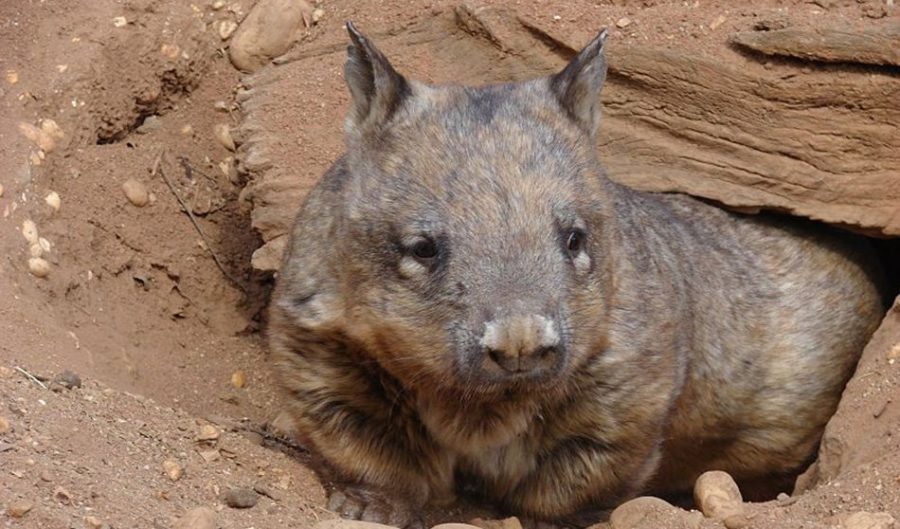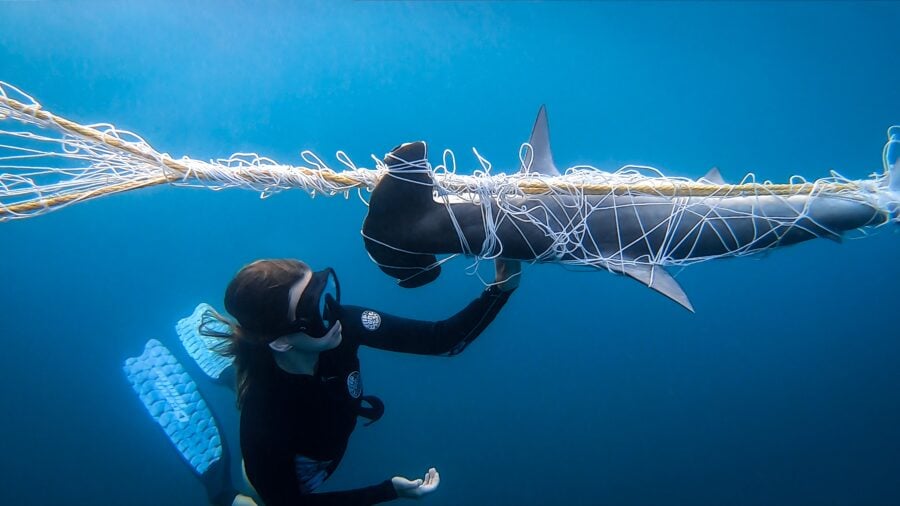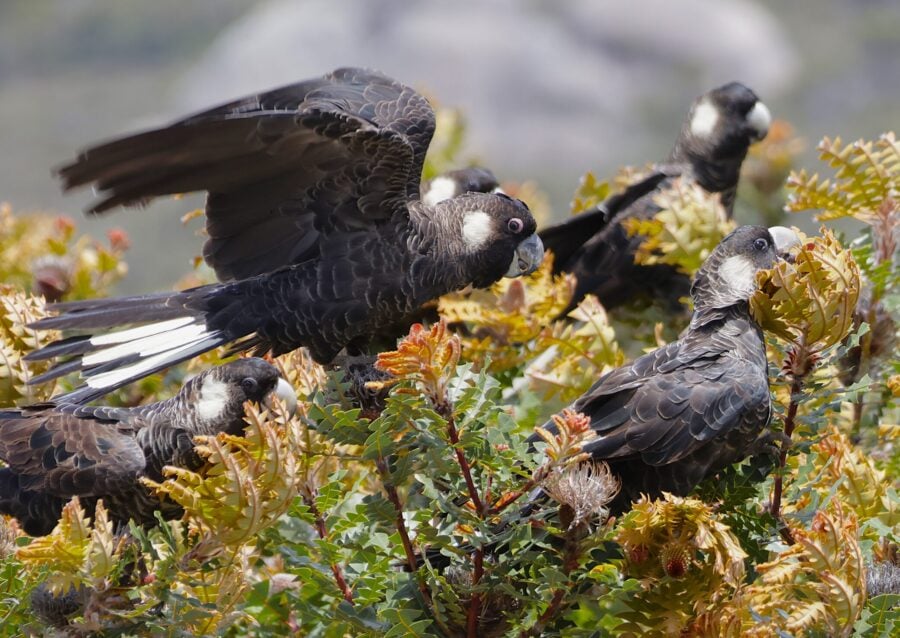Why we need to save the southern hairy-nosed wombat

I WAS REMINDED of an astronaut when I watched biologist Dave Taggart chase hairy-nosed wombats one night in South Australian farmland.
He ran with a giant net, and his every step was bouncy, as if it was lunar gravity he was subject to. Biologists do dangerous things and chasing wombats at night is one of them. The high leaps gave him time to avoid coming down on jagged rocks and stumps and burrows, of which there were many. He did not capture every wombat he pursued, but he did finish up undamaged, which was an impressive feat.
I love spending time with experts because you not only see odd sights, you hear stories that never appear in books. Dave told me about one female wombat he examined that had the skeleton of a baby wombat in her pouch. The baby had died and rotted away, but wombat pouches are so tight the bones were still inside.
Dave mentioned the time a section of dirt road collapsed under his ute, and a tyre landed on a wombat in its burrow. Wombats are tough, and when he drove off, this one seemed okay.

(Image Credit: Jason Pratt/Wikimedia)
The southern hairy-nosed wombat is important to study because its numbers have fallen, and the survivors live mainly on sheep farms, where they come into conflict with farmers. A wombat may move into a wheat field just before harvest, angering the farmer whose harvester is disabled when he drives over the burrow. Wombats compete with sheep for grass, damage fences, and their warrens harbour foxes and rabbits. Some farmers are granted permits to shoot them and rip their burrows.
Despite all this, the hairy-nosed wombat is cherished as the faunal emblem of South Australia. It can’t be blamed for having lost its mallee habitat to sheep pastures and grain fields. Most landholders like the idea of wombats in the landscape; they just don’t like the damage.
During sustained droughts, wombat numbers plummet. By catching them to study their health and survival, Dave is gaining the insights needed to guide their management. One key conclusion is that no wombats should be harmed in the years after droughts when their numbers are down.
Those who dislike wombats should reflect on the benefit they provided in times past. The Copper Coast region of South Australia, on the Yorke Peninsula, became a major mining centre in the 19th century because a shepherd found some copper brought to the surface by a wombat digging its burrow.




